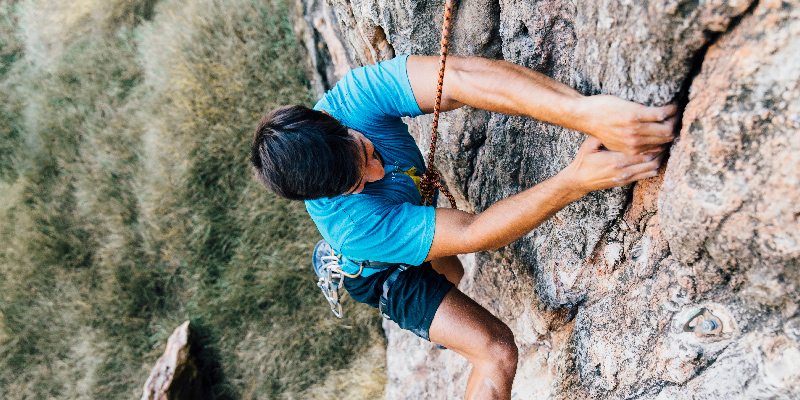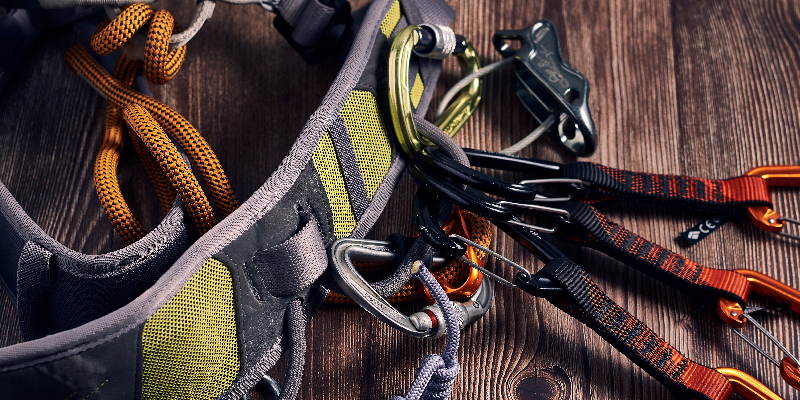
Choosing the Right Static Climbing Rope for Your Adventure
When it comes to climbing, having the right equipment is essential for a safe and successful adventure. Among the various types of ropes available, Static Climbing Rope stands out as a popular choice for certain climbing scenarios. In this article, we will guide you through the factors to consider when selecting the perfect Static Climbing Rope for your next climbing expedition.
Understand Your Climbing Needs:
Begin by assessing the type of climbing you'll be doing. Static Climbing Rope is ideal for activities that require minimal rope stretch, such as rappelling and ascending fixed lines. It provides a stable anchor point and is well-suited for vertical work environments.
Consider Rope Diameter:
The diameter of the Static Climbing Rope plays a crucial role in its performance. Thicker ropes offer increased durability and are better for activities like top roping and working with heavy loads. On the other hand, thinner ropes are lighter and more suitable for long multi-pitch climbs.
Choose the Right Length:
The length of the Static Climbing Rope depends on the nature of your climbs. For shorter climbs, a standard 60-meter rope may suffice, while longer multi-pitch routes might require a 70 or 80-meter rope.

Check Rope Certification:
Ensure that the Static Climbing Rope you choose complies with safety standards and is UIAA or CE certified. This certification ensures that the rope meets the necessary strength and durability requirements.
Evaluate Rope Construction:
Static ropes come in different construction styles, such as kernmantle and solid braid. Kernmantle ropes, with their robust sheath and strong core, offer excellent durability and handling. Solid braid ropes, on the other hand, are more flexible and suitable for specific climbing needs.
Some Static Climbing Ropes come with additional features, such as dry treatment or middle marks. Dry-treated ropes have enhanced water resistance, making them ideal for wet or icy conditions. Middle marks assist in finding the midpoint of the rope for rappelling.
Choosing the right Static Climbing Rope is vital for a safe and enjoyable climbing experience. Consider your climbing needs, rope diameter, length, certification, construction, and additional features when making your selection. By investing in a high-quality Static Climbing Rope, you can embark on your climbing adventure with confidence and peace of mind.

